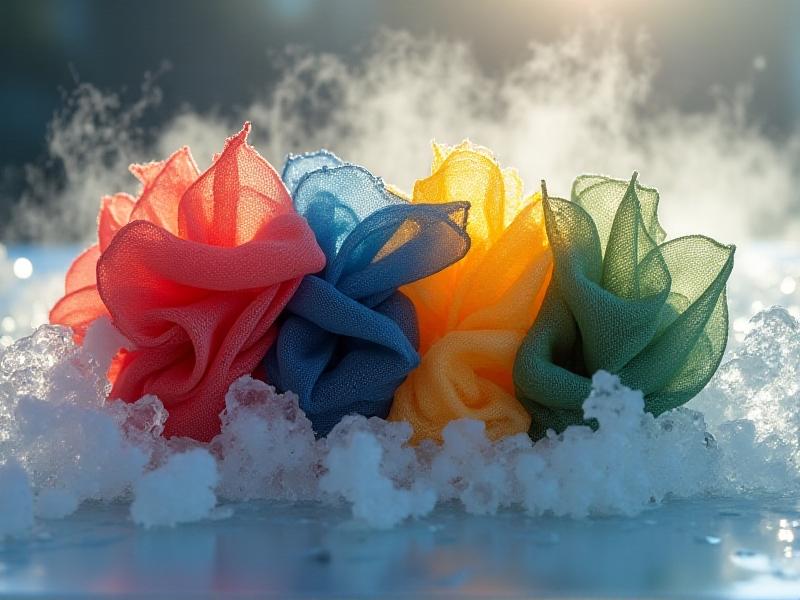Temperature Control During Japanese Chisel Sharpening
The Art of Japanese Chisel Sharpening: Why Temperature Control Matters
Japanese chisels, or nomi , are revered for their precision and craftsmanship. Sharpening these tools is an art form in itself, requiring patience, skill, and attention to detail. One often overlooked aspect of this process is temperature control. Whether you're using waterstones or power tools, managing heat during sharpening can significantly impact the tool's edge retention, durability, and overall performance. This article explores the importance of temperature control during Japanese chisel sharpening and provides practical tips to master this critical aspect.

Understanding the Science Behind Heat and Steel
Steel, the primary material in Japanese chisels, is highly sensitive to temperature changes. Excessive heat during sharpening can alter the steel's molecular structure, leading to softening or warping of the blade. This phenomenon, known as "tempering," occurs when the steel reaches a critical temperature threshold. For high-carbon steel, commonly used in Japanese chisels, this threshold is around 200°C (392°F). Beyond this point, the blade loses its hardness and sharpness, compromising its effectiveness. Understanding this science is crucial for anyone aiming to maintain the integrity of their tools.

Traditional Methods: Waterstones and Temperature Management
Waterstones are the preferred sharpening medium for Japanese chisels, offering a balance of precision and control. However, even with waterstones, friction can generate heat. To mitigate this, artisans often dip the chisel in water periodically during sharpening. This not only cools the blade but also helps remove metal particles, ensuring a clean, smooth edge. Additionally, using a slower, more deliberate sharpening motion reduces friction and heat buildup. This traditional approach emphasizes the importance of patience and mindfulness in achieving optimal results.

Modern Techniques: Power Tools and Heat Dissipation
While traditional methods rely on manual sharpening, modern techniques often incorporate power tools for efficiency. However, power tools can generate significant heat, posing a risk to the chisel's integrity. To address this, many sharpening systems include cooling mechanisms, such as water-cooled grinders or air blowers. Using lower RPM settings and applying light pressure also helps minimize heat buildup. For those who prefer power tools, investing in a high-quality sharpening system with built-in temperature control features is essential.
Practical Tips for Temperature Control During Sharpening
Whether you're using traditional or modern methods, here are some practical tips to maintain temperature control during Japanese chisel sharpening:
- Use Water Frequently: Dip the chisel in water regularly to cool the blade and remove debris.
- Adopt a Slow, Steady Motion: Avoid rushing the process; slower movements reduce friction and heat.
- Monitor the Blade's Temperature: If the blade feels warm to the touch, pause and let it cool.
- Invest in Quality Tools: High-quality sharpening stones or machines with cooling features can make a significant difference.
The Role of Environment in Temperature Management
The environment in which you sharpen your chisels can also influence temperature control. Working in a cool, well-ventilated space helps dissipate heat more effectively. Avoid sharpening in direct sunlight or near heat sources, as this can exacerbate temperature issues. Additionally, maintaining a consistent humidity level prevents the waterstone from drying out too quickly, ensuring a smoother sharpening process. By optimizing your workspace, you can create conditions that support effective temperature management.
Common Mistakes and How to Avoid Them
Even experienced artisans can make mistakes when it comes to temperature control during sharpening. One common error is applying too much pressure, which generates excessive heat and can damage the blade. Another mistake is neglecting to cool the blade periodically, leading to overheating. To avoid these pitfalls, always prioritize patience and mindfulness. Take breaks as needed, and pay close attention to the blade's temperature and condition. By being aware of these common mistakes, you can refine your technique and achieve better results.
Conclusion: Mastering Temperature Control for Perfect Edges
Temperature control is a critical yet often overlooked aspect of Japanese chisel sharpening. By understanding the science behind heat and steel, adopting appropriate techniques, and creating an optimal environment, you can preserve the integrity of your tools and achieve razor-sharp edges. Whether you prefer traditional waterstones or modern power tools, the key lies in patience, precision, and mindfulness. With these principles in mind, you can elevate your sharpening skills and honor the timeless art of Japanese craftsmanship.








